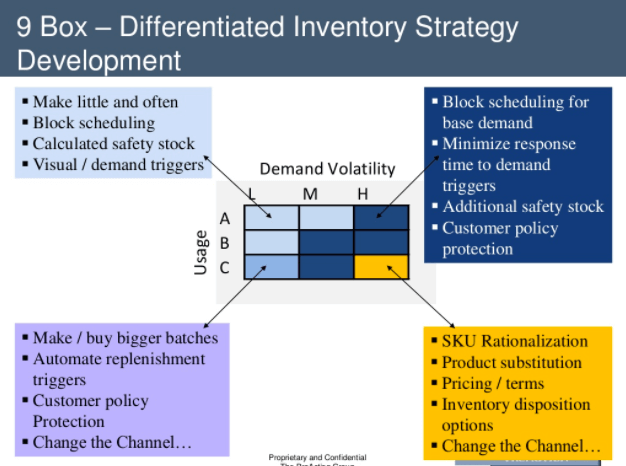 Today, we’d like to showcase an alliance partner that could rock your world: Big Swift Kick.
Today, we’d like to showcase an alliance partner that could rock your world: Big Swift Kick.
Big Swift Kick specializes in sales consulting and sales-force-optimization. Their mission dovetails naturally with ProAction’s, because where we find ways to reduce your wasted inventory and improve how your portfolio company fills orders, Big Swift Kick’s focus is on maximizing your organic growth.
Ideal Candidates
If you’ve come to us, slow or stagnant growth is probably already a source of frustration for you. You’re convinced your company should be thriving, but you can’t find the problem, and you’re starting to wonder how well your sales team really knows your customers. You may even have brought in a consultant to track down issues in the sales department and implement new strategies, with limited success.
We’ve found that Big Swift Kick is remarkably effective for firms with $20 to $500 million in annual revenue. Management portfolios that avail themselves of BSK’s services typically experience several common issues with regard to their stale portfolio companies: leadership is spending too much of their valuable time micro-managing sales. They worry about lagging sales growth and pricing stability. And they can’t seem to get answers from the management team about why sales numbers are off.
Tough Love
Big Swift Kick’s motto is “Exponential Growth Using Science and Candor,” and they aren’t kidding. One topic they’re frank about is why past consulting firms may not have been effective for you. In their experience, experts become biased in favor of their preferred solutions. They arrive expecting to apply them. As a result, you pay for a “one-size” solution, when your company needs anything but. Big Swift Kick doesn’t mince words about this. According to them, no one who offers you a “solution” without a thorough diagnostic has any business giving you advice in the first place.
In contrast, Big Swift Kick takes a more holistic view, with no pre-diagnosis. They also have an innovative way of ensuring radical honesty during the consulting process. They use a performance-based pricing model. They’re the only consulting firm we know of that does business this way, and it knocks down barriers you didn’t even realize existed. BSK will challenge you on the areas where your underperforming company is dragging its feet, because total honesty is the surest route to success for all parties, themselves included. We can tell you from experience that the team at BSK are savants. Their remedies will surprise you, and challenge your thinking!
Constant Contact
Big Swift Kick keeps their ongoing client roster small, so they can provide plenty of personal attention. Their reports are detailed– as much as 100+ pages per sales rep! They’ll evaluate your sales force and approach to show you a clear path to increasing organic sales, then develop and implement a plan to make your company sales superior. BSK understands that you have targets to meet. They keep changes incremental, so you don’t have to survive a major disruption to your sales operation.
Building the best sales force can be like throwing spaghetti at the wall. It’s hard to tell what’s working and what isn’t. Big Swift Kick provides the intel, the strategy, and above all, the candor to get your portfolio company on the right track. We’re proud to be partnering with this innovative group of people.





